When preparing to submit an article to an academic journal, it's essential to craft a well-structured letter that clearly communicates your intentions and the significance of your work. In this brief introduction, we'll guide you through the key elements of a compelling submission letter, emphasizing clarity and professionalism. Each component, from your opening salutation to your closing remarks, plays a crucial role in making a positive first impression. So, let's dive deeper into how to create a persuasive letter that sets the stage for your research to shine!
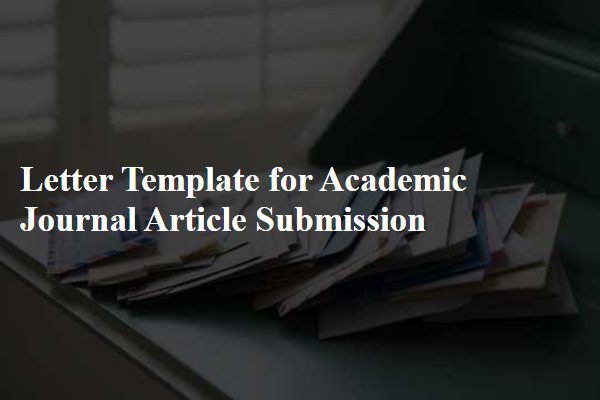
Title and authorship
The title of an academic journal article serves as the first impression, encapsulating the essence of the study in a concise phrase, ideally around 10 to 15 words. Authorship denotes the scholars responsible for the research; each author's name, typically formatted as Last Name, First Initial, should follow institutional affiliations for proper credit. In fields like biology or psychology, including the corresponding author's email facilitates communication. Citations for co-authors should reflect contributions, often following guidelines from specific journals, ensuring transparency and academic integrity. Contextual relevance is crucial for keyword selection, aiding discoverability in databases such as PubMed and Google Scholar.
Journal-specific guidelines
Academic journal article submission guidelines are crucial for authors aiming to publish in reputable journals, such as The New England Journal of Medicine or Nature. These guidelines often include specific formatting requirements like font type (e.g., Times New Roman), size (typically 12-point), and line spacing (usually double). Structure dictates sections like Abstract, Introduction, Methods, Results, Discussion, and References, with precise word limits often indicated. Citation styles, including APA or MLA, are strictly enforced, necessitating familiarity with specific format rules, such as italics for book titles and correct author order in citations. Additionally, journals may require submission of ethical approval documentation for studies involving human subjects or animals, further emphasizing the importance of adherence to ethical research standards. Moreover, some publications might request cover letters outlining the significance of the research and its fit within the journal's scope, showcasing the need for authors to meticulously follow every detail to enhance their chances of acceptance.
Cover letter content structure
A cover letter for an academic journal article submission should begin with the title of the research article prominently displayed at the top. Following the title, state the authors' names, affiliations, and contact details to provide the editorial board with clear and comprehensive information. Clearly outline the significance of the research, emphasizing key findings and their contribution to the field. Mention why the chosen journal is a suitable venue for this work, focusing on the alignment of the journal's scope with the research topics addressed. Include a statement confirming that the manuscript is original, not under consideration elsewhere, and affirm compliance with all ethical guidelines related to the study. Lastly, express appreciation for the editors' time and consideration, and encourage them to contact the authors for any further information or clarification.
Research significance and contribution
The research conducted on the role of climate change in the migration patterns of the Monarch Butterfly (*Danaus plexippus*) highlights significant ecological shifts observed in North America. Recent studies indicate a 30% decline in butterfly populations over the past decade, attributed mainly to habitat loss and rising temperatures, particularly in central Mexico, the primary overwintering site. This investigation utilizes longitudinal data collected from over 500 monitored sites across the United States and Mexico, documenting changes in migration timing and breeding activities. The findings reveal a concerning trend towards earlier spring migrations, coinciding with an average temperature increase of 1.5 degrees Celsius since 2000. Such shifts not only threaten the Monarch Butterfly's survival but also disrupt intricate pollination networks, impacting agriculture and natural ecosystems. The research emphasizes the urgency for conservation strategies and adaptive management plans to mitigate climate-related risks and promote biodiversity.
Keywords and indexing compliance
Keywords such as "academic journal," "article submission," and "indexing compliance" hold significant importance in the research publication process. The selection of precise keywords enhances discoverability in databases like PubMed and Google Scholar. Compliance with indexing standards facilitates proper categorization of articles, ensuring visibility to a targeted audience. Maintaining a minimum of five to a maximum of ten keywords is crucial for efficient indexing, especially in fields such as medicine, social sciences, and technology. Furthermore, adherence to specific formatting guidelines laid out by publishers, like APA or MLA styles, can impact overall acceptance rates in esteemed journals such as Nature and The Lancet. Proper keyword strategy not only influences search engine optimization but also reflects the article's relevance in contemporary scholarly discourse.

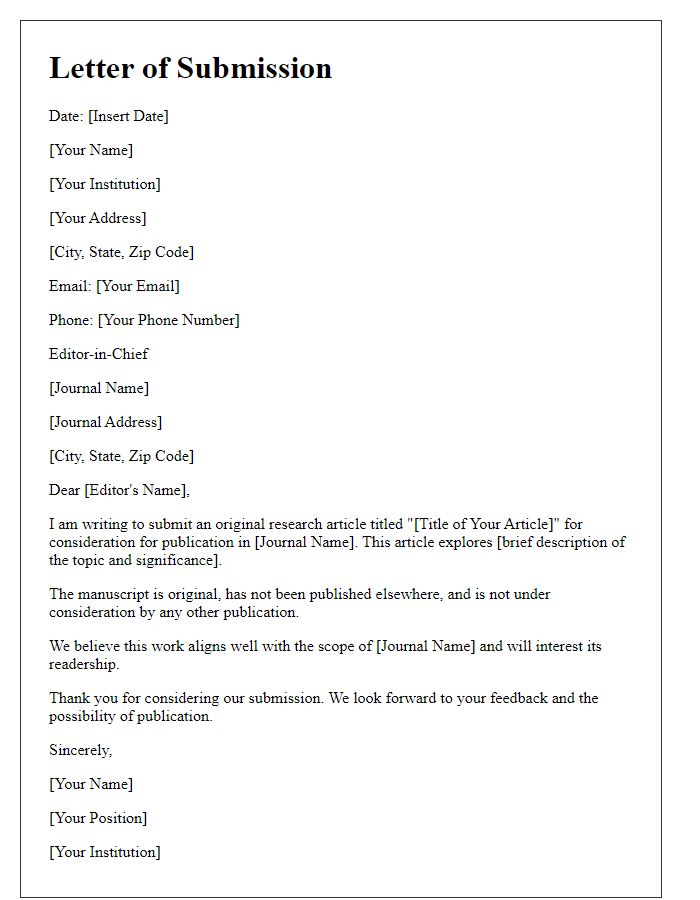
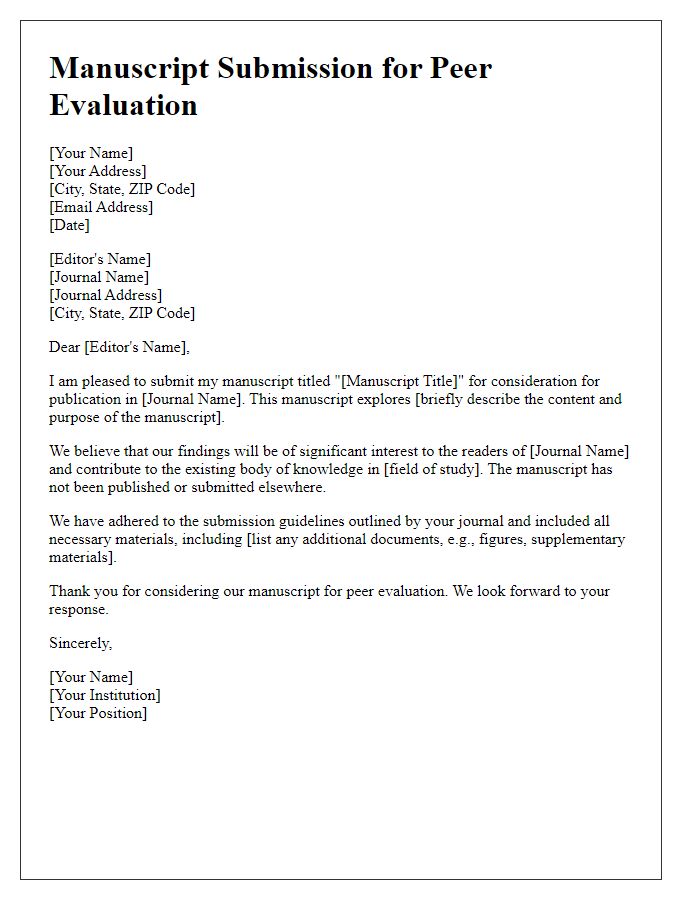
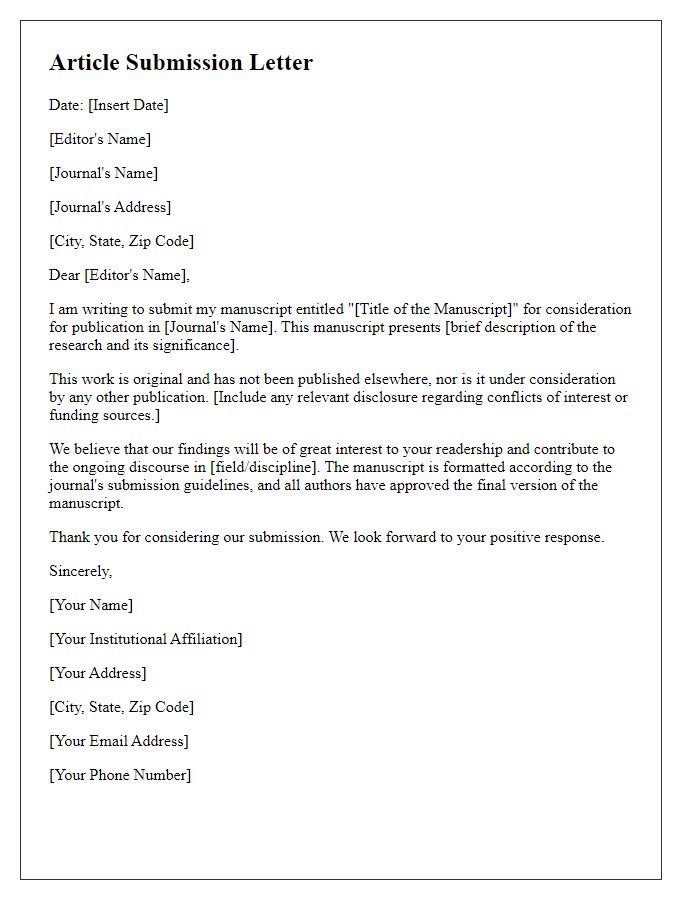
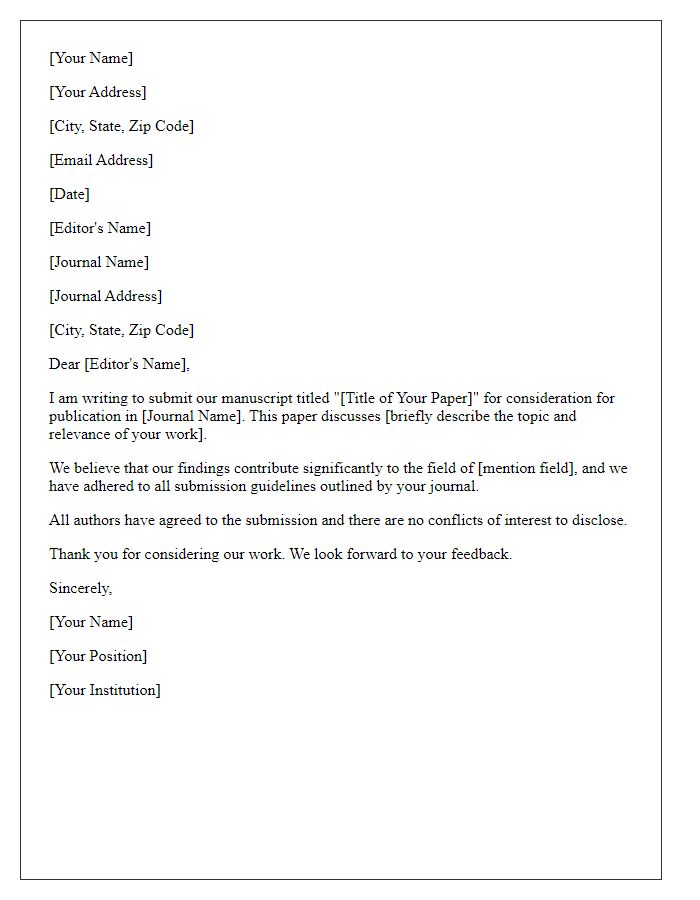
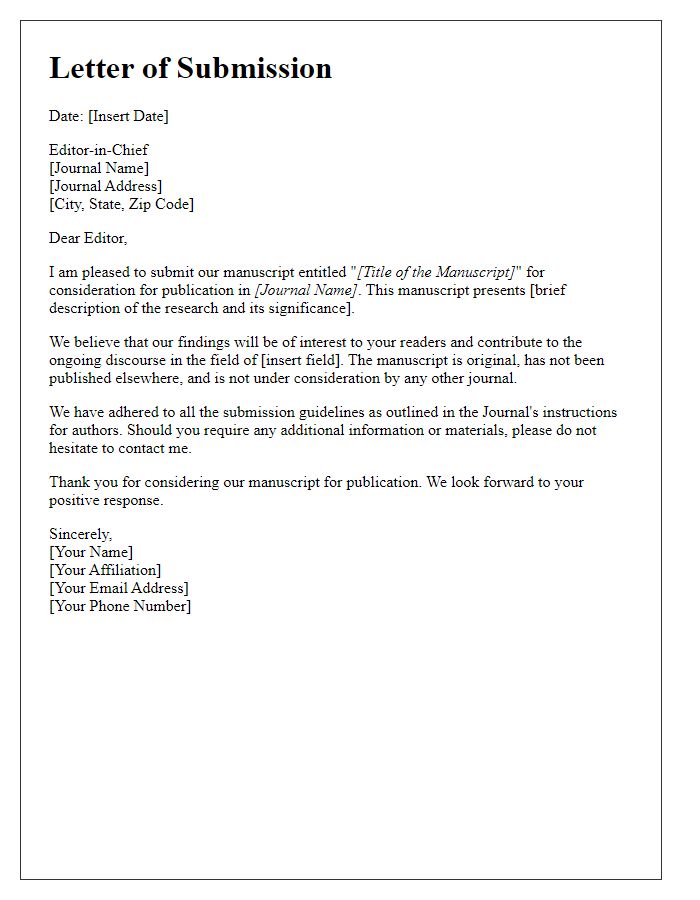
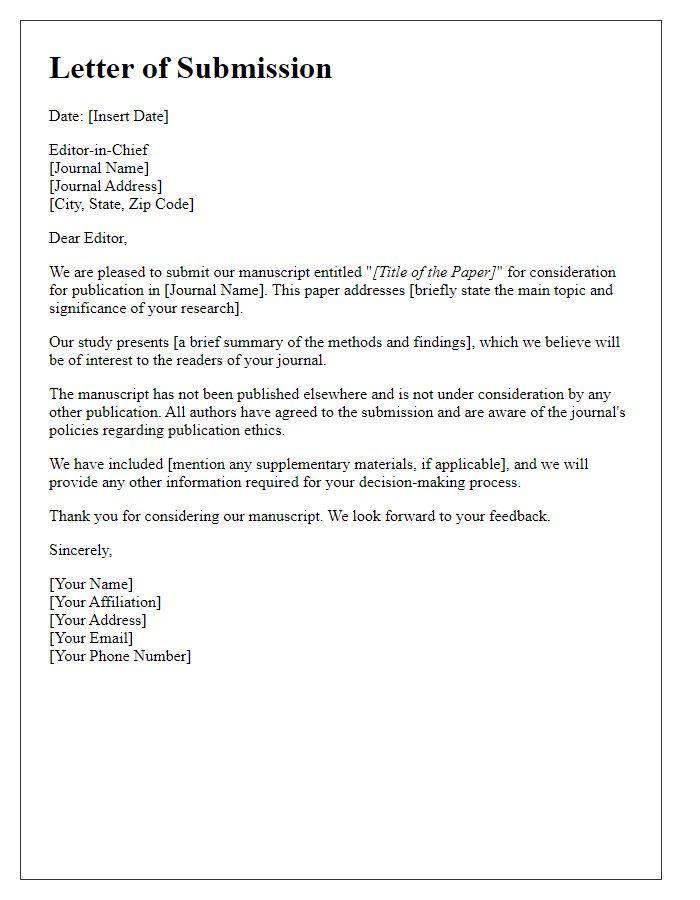
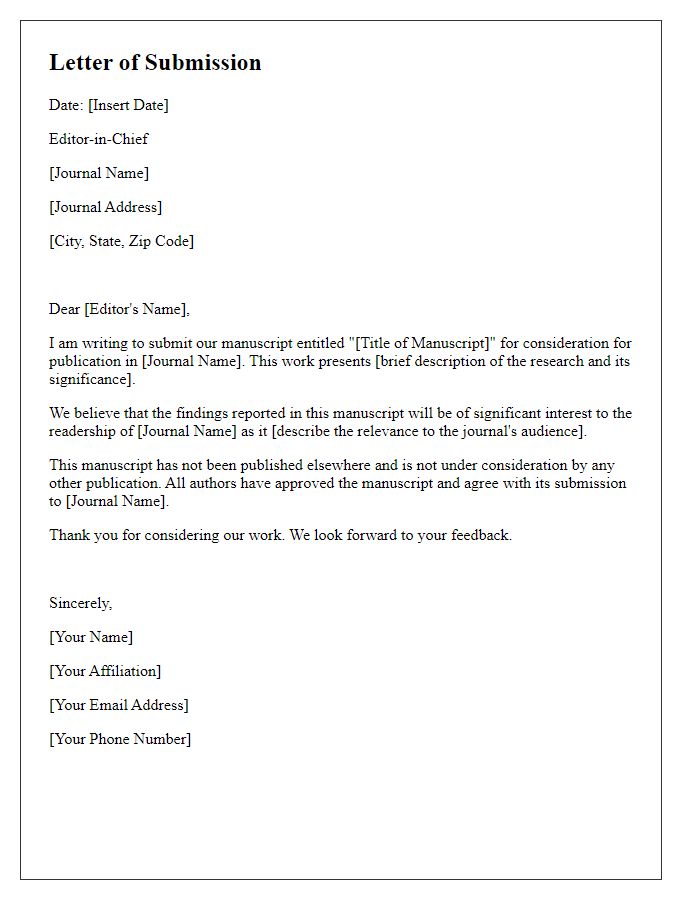
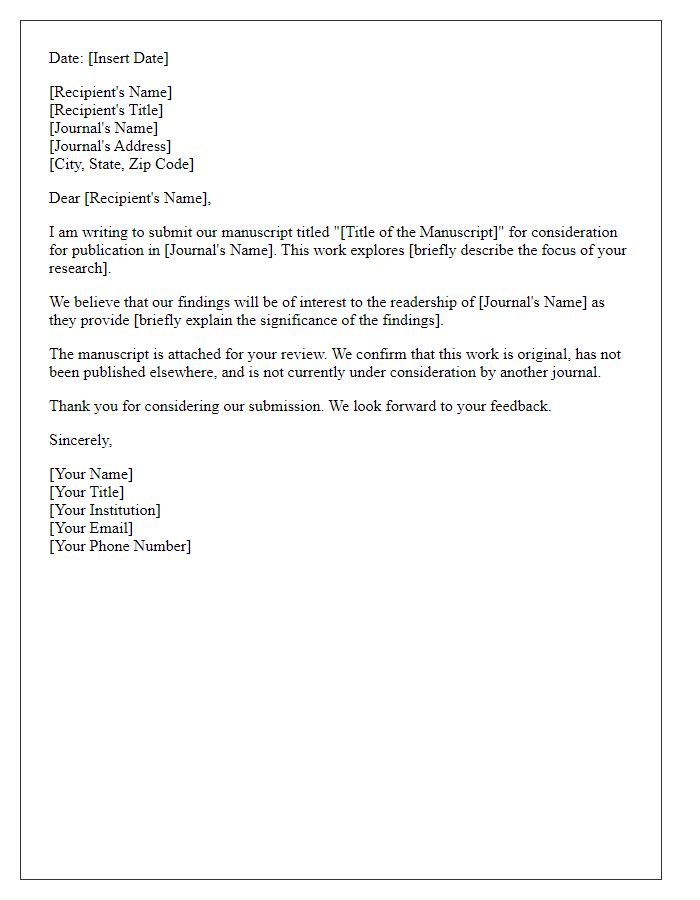
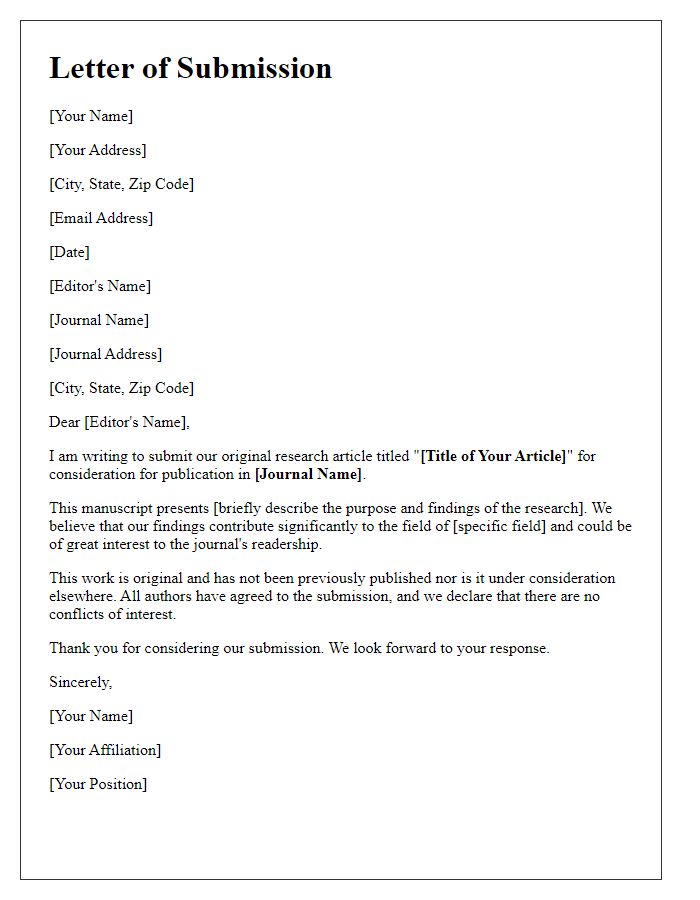



Comments